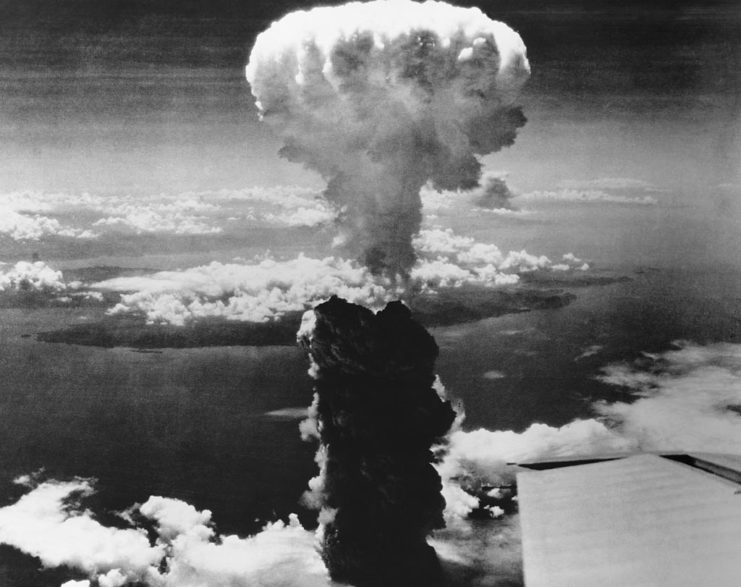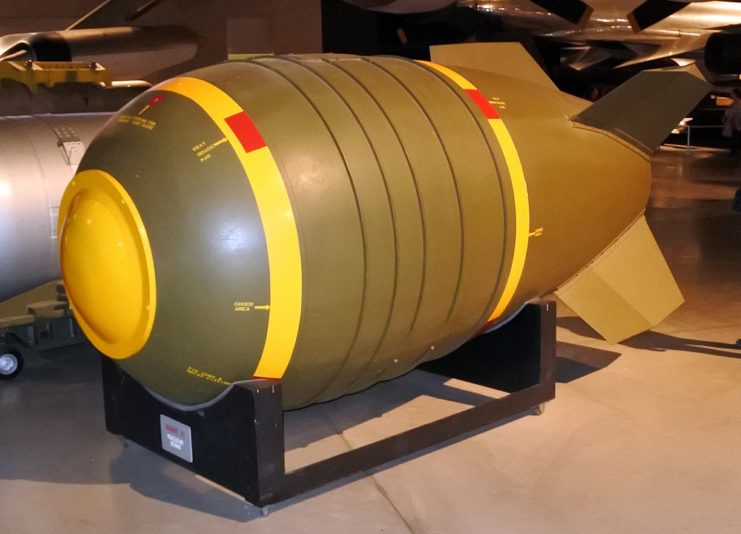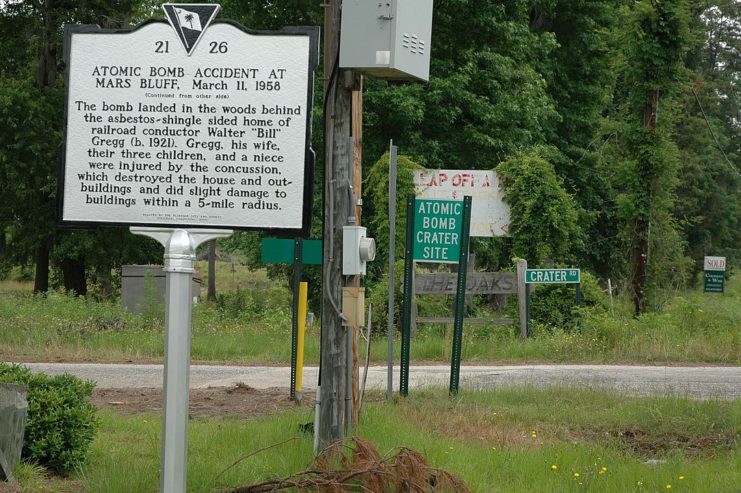Beginning in the late 1940s and continuing throughout the Cold War, the United States and the Soviet Union engaged in a fierce arms race. Both nations rapidly developed and tested increasingly powerful weapons, a process that occasionally led to dangerous mishaps. One such accident took place in 1958 in Mars Bluff, South Carolina.
The United States continued developing bombs after World War II

The Second World War was a harrowing conflict. The US brought it to a close in the summer of 1945 by dropping the atomic bombs Little Boy and Fat Man on Hiroshima and Nagasaki. Nonetheless, the nation continued to advance its development of newer and more powerful nuclear weapons.
Development of the Mk 6 nuclear bomb

The Mk 6 nuclear bomb was a direct descendant of the weapon dropped on Nagasaki during World War II, and numerous versions were created over time. Designed between 1951 and 1955, it remained in active service until 1962, with more than 1,000 units produced—each capable of different explosive yields.
To prepare for a potential conflict with the Soviet Union, the U.S. Air Force trained its pilots to handle aircraft carrying these massive bombs. As a result, the Mk 6 was frequently used during practice missions. However, throughout the 1950s, several of these exercises went wrong, leading to accidental bomb releases that the military discreetly labeled as “broken arrows.”
A Mk 6 nuclear bomb is dropped on Mars Bluff, South Carolina

On March 11, 1958, a Boeing B-47 Stratojet from the 375th Bombardment Squadron, part of the 308th Bombardment Wing, lifted off from Hunter Army Airfield in Georgia. The flight was part of Operation Snow Flurry, a training mission involving mock bombing runs with waypoints in the U.K. and North Africa. Though only a drill, the tight schedule added pressure to the crew.
Before takeoff, airmen had trouble securing a Mk 6 nuclear bomb inside the bomb bay. The locking mechanism wouldn’t engage properly, so they resorted to using a sling to force a steel pin into place. After takeoff, the bomb’s restraint system disengaged as planned—but then failed to re-engage, posing a serious risk.
Captain Bruce Kulka, the navigator and bombardier, went to inspect the issue mid-flight. During his inspection, he unintentionally pulled the emergency release lever. The bomb plummeted from an altitude of roughly 15,000 to 20,000 feet. Kulka narrowly avoided falling out of the aircraft himself, managing to grab hold and pull back to safety.
Although the bomb lacked its plutonium core—meaning it couldn’t trigger a nuclear explosion—it still contained high explosives. Upon impact in the backyard of a Mars Bluff, South Carolina home, those explosives detonated. The blast obliterated a children’s playhouse built by homeowner Bill Gregg and created a 70-foot-wide crater. Gregg’s family sustained injuries, and seven nearby structures were damaged, but miraculously, no one was killed.
Reaction to the Mars Bluff Incident

Surprisingly, no one suffered serious injuries from the blast because the Mk 6 bomb’s nuclear core was stored separately in the B-47 aircraft. The explosion was caused only by the TNT inside the bomb. If a full-scale nuclear detonation had occurred, the destruction would have been devastating.
Military authorities arrived at the scene shortly after the incident. The Gregg family, who lost everything in the explosion, sued the Air Force and granted $54,000 in compensation. Despite their hardship, Bill Gregg remained optimistic, later telling a local newspaper, “I’ve always wanted a swimming pool, and now I’ve got a hole for one at no cost.”
Legacy of the Mars Bluff Incident

More from us: The US Army Air Corps Once Dropped Bombs on Boise City, Oklahoma
The near-disaster became known as the “Mars Buff Incident,” and received local and international coverage. It also contributed to a change in the way the Air Force ran its training exercises going forward, especially since accidents like it were more common than the military would have liked to admit. Shortly after, the branch stopped carrying nuclear bombs during training missions.
